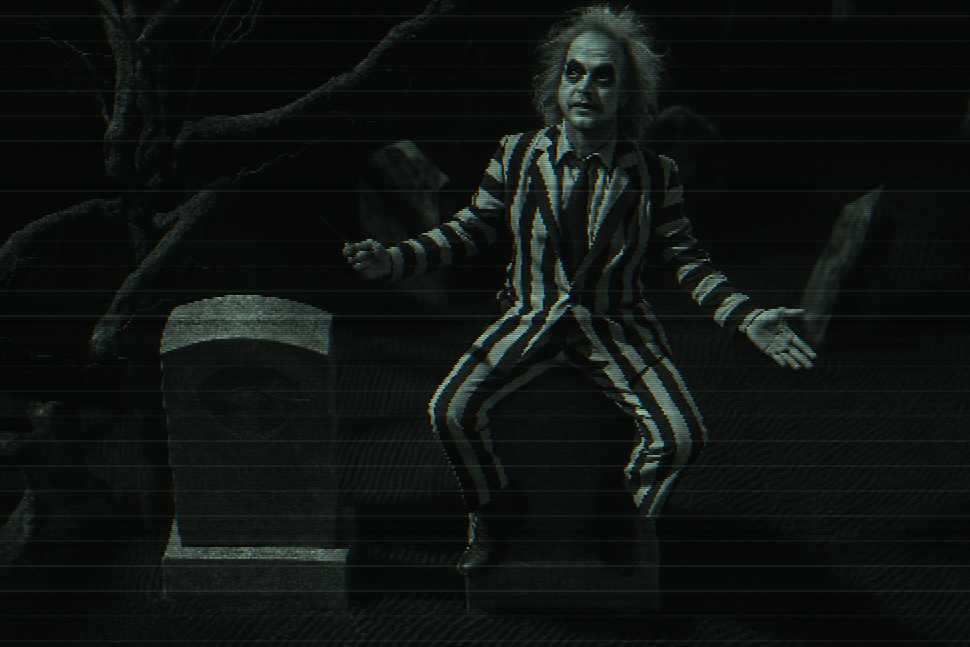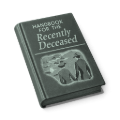
Beetlejuice 1988
This film begins with two humans dying in a vehicle-related incident and returning as invisible spectral entities. Instead of ascending, they are confined to their home and handed a handbook. The handbook is large and mostly unreadable — a common theme in human problem-solving.
The deceased couple attempts to adjust to being dead. Their main concern is that new living humans move into their home and rearrange the furniture. This is considered an insult.
Unable to remove the intruders through ordinary haunting methods, the dead humans consult a third party: a rogue spirit named Beetlejuice. He is unstable, loud, and deeply unpleasant. His powers are considerable, but so is his lack of discipline. He offers help in exchange for being released into the physical world. This is not a good trade.
Beetlejuice proceeds to torment the living and the dead indiscriminately. His behavior includes possession, predatory speech, and forcing a marriage with a much younger female. His methods are both chaotic and strangely effective.
The situation is resolved when the younger female human uses his name repeatedly to banish him. This reveals a critical flaw in his design: he can be neutralized by speech. No explanation is given for why this rule exists or why it works.
The dead couple remains in the house, now coexisting with the living, as if mutual haunting is a sustainable arrangement.
Conclusion: Humans carry their confusion into the afterlife. Their spiritual systems involve waiting rooms, manuals, and personality tests. They fear chaos, yet summon it when mildly inconvenienced. Their ability to follow supernatural rules is poor.
If Nebulon encounters resistance from Earth’s dead population, standard containment may not be needed. Bureaucracy appears to neutralize them faster than force.
